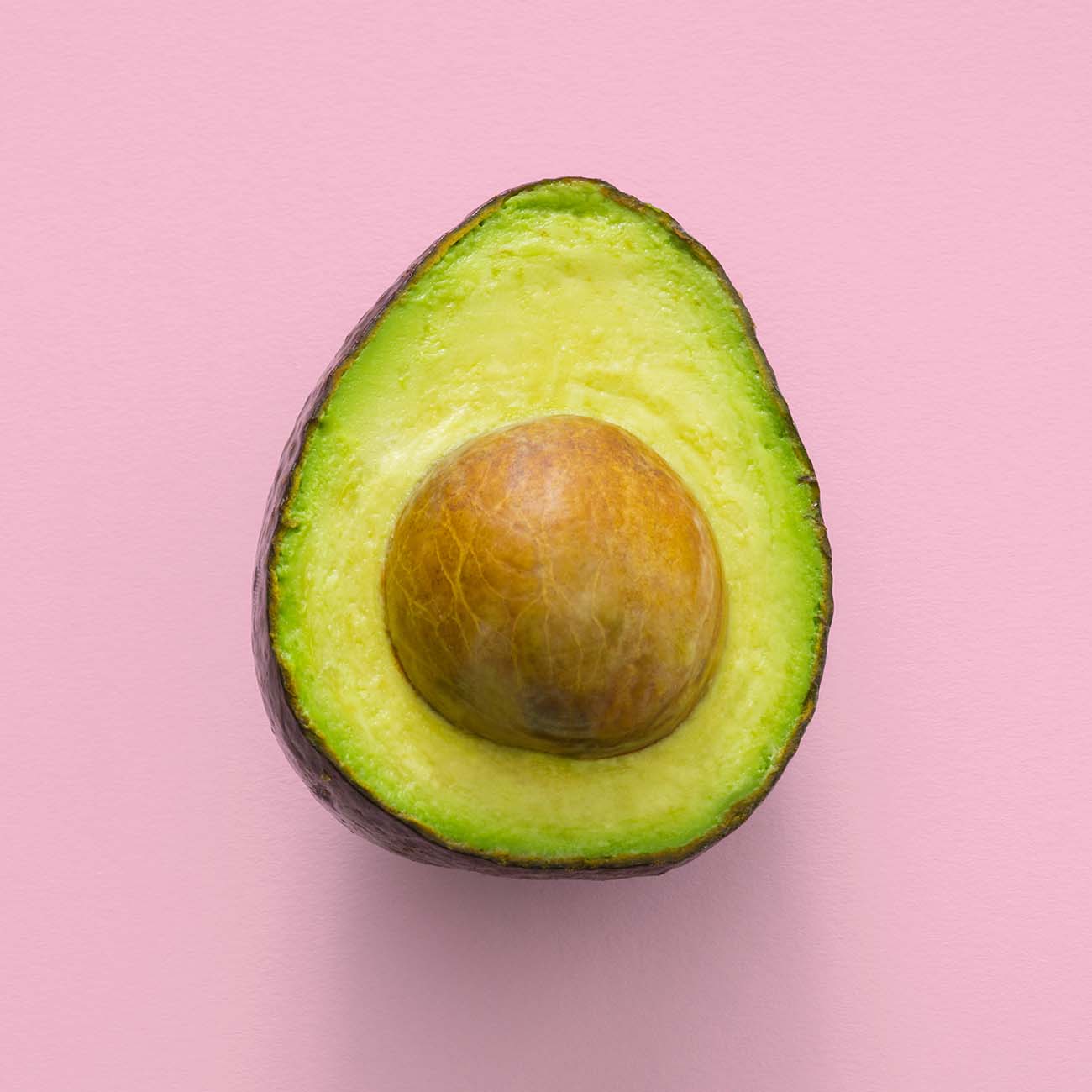
Making your baby’s first puree
Is your baby ready for weaning? Are you keen to try the spoon-fed approach to weaning? It’s easy to provide nutritious baby food with some delicious fresh and seasonal vegetables, fruit – and some helpful kitchen equipment. We show you how to create delicious pureé for your baby’s stage one weaning journey.
When should I start weaning?
You should start weaning your baby when they are six months. This is a wonderfully exciting time, as you start to introduce your baby to flavours and foods they will always love. By this age, your little one’s mouth, tongue and digestive system are mature enough to accept and digest these new foods.
As well as your breast milk or usually baby’s first milk, this is the time to start offering simple pureés made from a single fruit or.
Some get confused by the word ‘weaning’ and it’s more understandable to call it ‘complementary feeding’ instead. You’re not removing milk feeds, you’re adding new foods.
Remember that your little one will only have a small appetite at this age, so you just need to offer a few spoonfuls. Remember too that though some to go in their mouth, some will be played with and some will end up on their clothes, hair and face!
Seasonal tastes
Make sure that you offer the very best nutrition by choosing seasonal fruit and vegetables. These will often be fresher, more local and won’t have been stored for months. Frozen fruit and veg is also a good choice if you can’t get fresh. When cooking for your baby, you can match larger batches of pureés in a baby food processor and keep them in the fridge or freezer in ice cubes trays for future meals; that way, you can swap the flavours and have plenty of delicious food just when you need them.
Is my baby ready for weaning?
You can tell if your baby is ready for weaning if:
- She can sit up well and hold her head up too
- She has fairly good hand-eye coordination, can grab food or baby cutlery and bring it up to her mouth
Take it slow
What’s the best time of day to offer your bay their first meal? Well, it doesn’t really matter – but it helps to do it at a time when you are relaxed and don’t feel stressed. Try giving a small milk feed, then offer a few spoons of purée. Don’t limit your baby’s milk, they should still be having the same amount each day. Do try to have your baby at the table with you and the rest of the family at meal times, so that your little one starts to enjoy family meal times.
Not hungry? Just not interested? Take the bowl away and try another time. Your baby may not be quite ready, not be hungry or might be uncomfortable or tired. Don’t get stressed, as your baby will notice and remember that they are still getting all the nutrients they needs from milk.
First meals
A great first meal is some baby rice (it’s finely ground), mixed with your own breastmilk or baby’s usual first milk. This makes a delicious, smooth paste, it tastes familiar and is nutritious. Don’t worry if your baby spits out as much as they swallow, they soon get the hang of it!
Next, you could try a single fruit or vegetable pureé. Good first time flavours include carrot, avocado, banana, sweet potato and apple. Give your baby one flavour one at a time and see what they like. You will need to keep offering a flavour as much as seven times before your baby accepts it, so don’t be put off and think they don’t like it – they jist need to get used to it!.
Next, start to mix up two and then three flavours.
Foods to avoid at this stage
- Honey, which contains botulism bacteria
- Salt
- Caffeine
- Whole nuts which are a choking and allergy hazard
- Anything with sugar in it including drinks like squash
- Goat’s or sheep’s milk – it’s lower in iron than cows’ milk
- Sword fish, marlin and shark, as they have high levels of mercury in them
